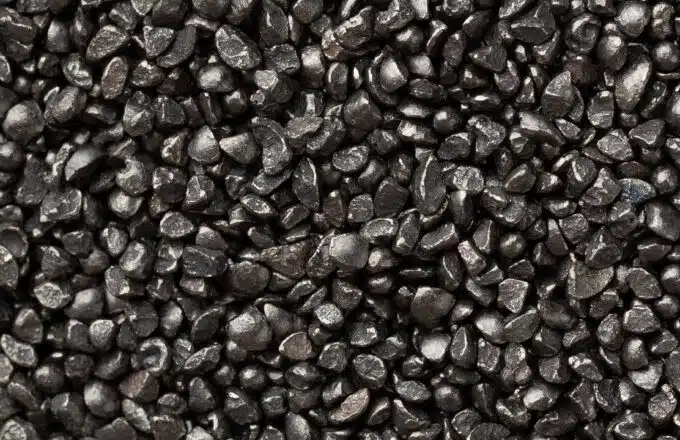Introduction to Steel Grit Abrasives
Steel grit abrasives are essential in industries that require surface preparation, cleaning, and etching. Known for their durability and effectiveness, these abrasives are composed of angular steel particles that serve as a powerful tool in blasting applications. Steel grit provides a blend of hardness and sharpness, making it a preferred choice in metal fabrication, shipbuilding, and construction industries.
Types of Steel Grit Abrasives
The steel grit market is diverse, offering a range of grit types specifically engineered for different applications. Key types include:
- GH Grit: Known for its high hardness, GH grit is highly aggressive and primarily used in surface preparation where heavy-duty abrasive force is required.
- GL Grit: With medium hardness, GL grit is a versatile option used for applications that demand both cleaning and finishing in one pass.
- GP Grit: GP grit is softer and is ideal for polishing or surface finishing processes where minimal surface roughness is desired.
Choosing the right type of steel grit depends on the specific requirements of the application, such as desired surface profile, material hardness, and production speed.
Applications of Steel Grit Abrasives
Steel grit abrasives are utilized in various industries due to their versatility and effectiveness. Notable applications include:
- Surface Preparation: Used extensively in surface preparation, steel grit abrasives help clean and prepare metal surfaces for coating or painting. The angularity of the grit ensures deep penetration and effective rust removal.
- Deburring: Manufacturers rely on steel grit to remove burrs and other imperfections from cast and forged metal parts, ensuring a smooth surface and reducing potential hazards.
- Etching: Steel grit abrasives can etch surfaces to create patterns or textures, useful in creating decorative finishes or enhancing paint adhesion.
- Shot Peening: In industries requiring metal fatigue strength, steel grit is used in shot peening to impart compressive stresses on the surface, thus improving material durability.
Benefits of Using Steel Grit Abrasives
The benefits of steel grit abrasives are multifold, making them indispensable in many industrial processes. These include:
- Enhanced Durability: Steel grit has high durability, which allows it to withstand repeated impacts, making it cost-effective for prolonged use.
- Efficiency: The sharp edges of steel grit abrasives provide rapid cleaning and preparation, reducing time spent on surface treatment processes.
- Environmental Friendliness: Steel grit can often be recycled, making it a more environmentally sustainable choice compared to other abrasives.
- Precision and Control: Steel grit provides a controlled abrasive action, allowing operators to achieve precise surface profiles required for high-performance coatings.
These benefits, coupled with the recyclability and cost-effectiveness of steel grit, highlight its importance in industrial settings where quality and efficiency are paramount.
Choosing the Right Steel Grit for Your Application
When selecting a steel grit abrasive, various factors should be considered to ensure optimal performance, including:
- Material Hardness: Harder materials require coarser, harder grit for effective abrasion.
- Desired Surface Profile: The choice of grit affects the final surface profile, which in turn influences paint or coating adhesion.
- Speed Requirements: Production speed can vary based on grit size, with coarser grits often providing faster cleaning at the cost of a rougher finish.
- Cost Considerations: Certain applications may benefit from reusable steel grit types to reduce long-term costs.
Evaluating these factors allows operators to make informed decisions, balancing cost, efficiency, and surface quality for the best outcomes.
Conclusion
Steel grit abrasives stand out for their exceptional properties, making them a preferred choice across various industries. With different grit types, applications, and a range of benefits, steel grit is invaluable for processes that demand high-quality surface finishes and durability. Selecting the appropriate type and understanding its applications ensures that industries continue to achieve superior results in surface preparation, cleaning, and beyond.
